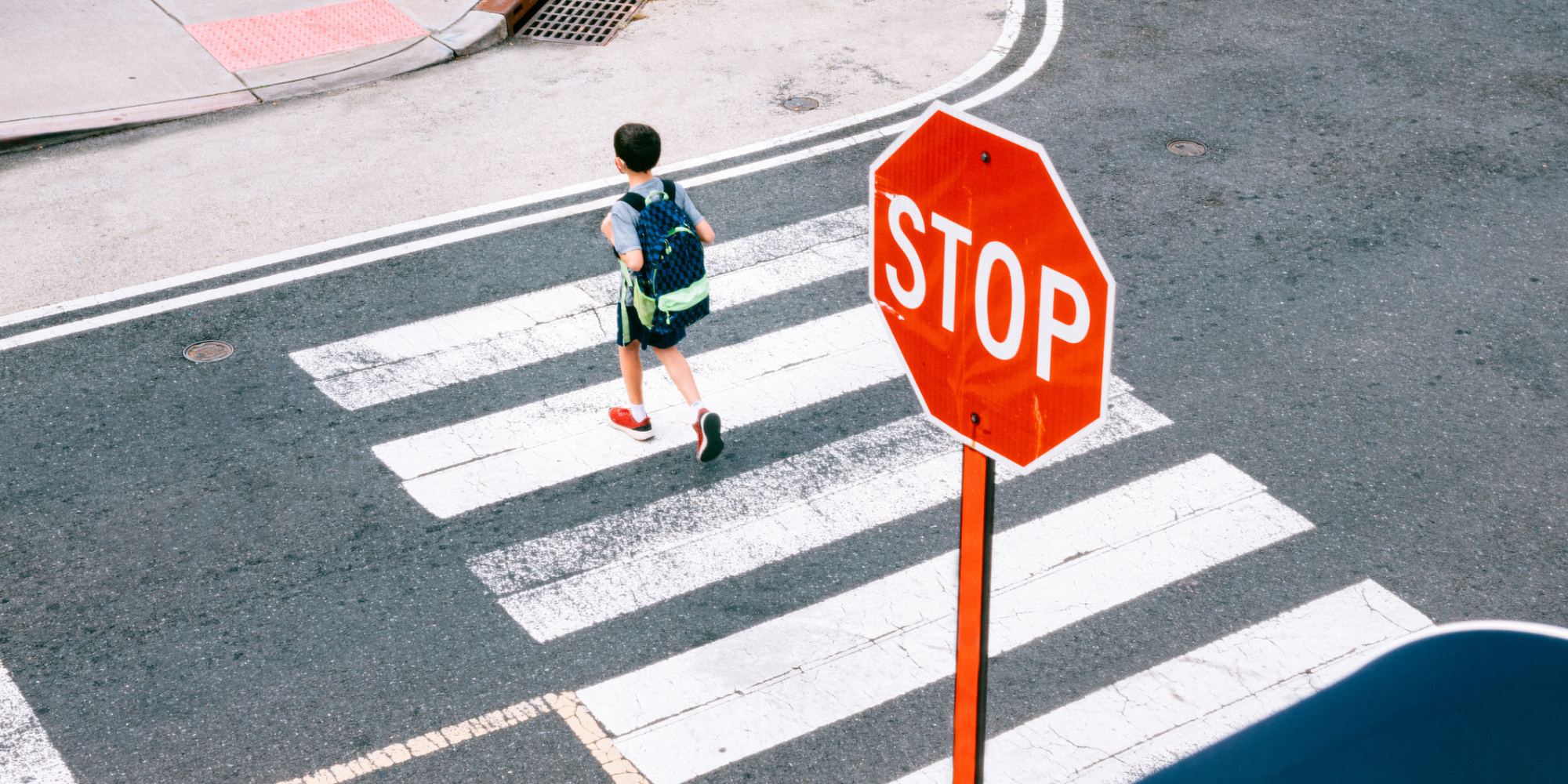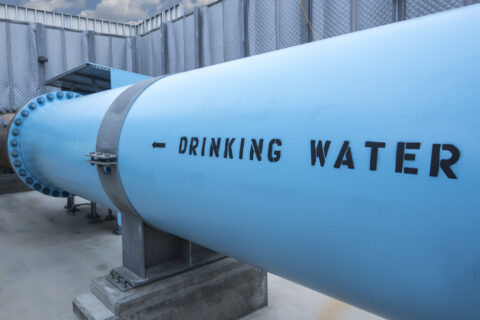In 2020, the U.S. had more people die on our roads when we were driving 13% less. In the four years prior to 2020, the data shows American roads were the deadliest they’ve been for pedestrians since 1990. That’s why cities have been starting “Vision Zero” safety efforts to reduce fatal crashes for several years. Congress has taken notice – the Senate included a brand new $2 billion “Safe Streets for All” program in the Infrastructure Investment and Jobs Act (IIJA) that’s heading to the House for a vote in the coming weeks.
What’s in the “Safe Streets for All” Program
Up until the “Safe Streets for All” program was put forward by the Administration, cities’ access to federal safety funding was limited despite the U.S. losing about 38,000 Americans each year on the roads. Most of the time, cities could ask for help from their state, but with this new program, cities will now have more options to step up their efforts independently instead of going through state bureaucratic decision processes.
The “Safe Streets for All” legislation includes six provisions describing what can be advanced with the new program:
- Complete streets projects that support the safe, comfortable, convenient, and independent movement of all users of the transportation system, of all ages and abilities.
- Activities eligible under the Safe Routes to School program.
- Develop and implement the policies and procedures for context sensitive design.
- Any element of Vision Zero planning and implement an existing plan.
- Activities to further the vulnerable road user safety assessment of the State or the metropolitan planning organization.
- Any other project, program, or plan that provides for the safe and adequate accommodation of all users of the surface transportation network, as determined by the Secretary of Transportation.
Ways to Get Started on Safer Streets in Any Community
The National League of Cities has partnered with the Federal Highway Administration (FHWA) on a free Road Safety Webinar mini-series specifically for cities that addresses some of the key ways to jump into transportation safety efforts in real ways. Each session in the series raises awareness on emerging, effective strategies and technologies that improve road safety:
Using Proven Safety Countermeasures – LIVE Aug 18, 2021 02:00 PM EST
Learn about proven safety strategies designed to enhance safety on all kinds of roads—from rural to urban, from high-volume freeways to less traveled two-lane State and county roads, from signalized crossings to horizontal curves, and everything in between. Join this webinar to learn about the Proven Safety Countermeasures initiative that will help save lives in your community.
This webinar will cover two safety programs for cities to engage in — the Mentoring, Assistance, Training, and Communication Help (MATCH) and Safety Circuit Rider (SCR) Programs. MATCH connects local and tribal agencies requesting technical assistance with volunteer mentors who have expertise in addressing similar challenges. Mentors sharing their expertise with local and tribal agencies enables continued deployment of effective roadway safety technologies and countermeasures across the United States, saving lives and reducing serious injuries on our nation’s local and tribal roads. The SCR Program’s main goal is to reduce the frequency and severity of roadway crashes by providing safety-related support to agencies responsible for local road safety. Access to a SCR is an opportunity for localities to enhance available resources of local agencies as well as provide additional staff.
Complete Streets for Cities – LIVE Oct 5, 2021 02:00 PM EST
Complete Streets are streets designed and operated to enable safe use and support mobility for all users. Those include people of all ages and abilities, regardless of whether they are travelling as drivers, pedestrians, bicyclists, or public transportation riders. The concept of Complete Streets encompasses many approaches to planning, designing, and operating roadways and rights of way with all users in mind to make the transportation network safer and more efficient.
Get to Know the Safe System Approach – RECORDED Jun 29, 2021
Imagine a world where nobody has to die from vehicle crashes. The Safe System approach aims to eliminate fatal & serious injuries for all road users. It does so through a holistic view of the road system that first anticipates human mistakes and second keeps impact energy on the human body at tolerable levels. Safety is an ethical imperative of the designers and owners of the transportation system. Join this webinar to hear what you need to know to bring the Safe System approach to your community.
Making a Local Road Safety Plan with “Vision Zero” Goals – RECORDED Jul 22, 2021
FHWA’s goal is to reduce transportation-related fatalities and serious injuries across the transportation system, and for this reason it fully supports the vision of zero deaths and serious injuries on the nation’s roads. A local road safety plan provides a framework for identifying, analyzing, and prioritizing roadway safety improvements on local roads. The process results in a prioritized list of issues, risks, actions, and improvements that can be used to reduce fatalities and serious injuries on the local road network.
Every City Can Build a Safety Plan
Cities of all sizes have the opportunity to build a safety plan that fits their needs whether you’re the City of Oskaloosa, IA, or Portland, OR. As described in the Local Road Safety Plan webinar, NLC would highly recommend
Every state provides reports to the National Highway Transportation Safety Administration (NHTSA) on their state’s safety plans, and you can find them all available here. Consider reaching out to your state’s transportation safety lead to see what additional resources and support they can provide you as well. Every community can benefit from understanding their safety risks and consider how they can work toward making their communities safer to drive, ride, and walk.











